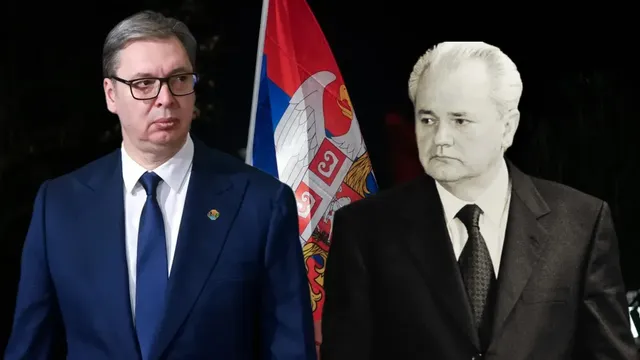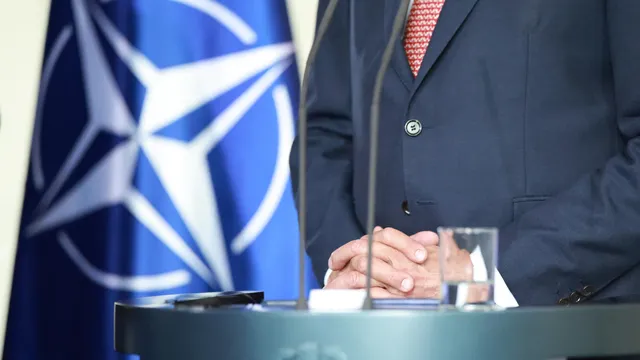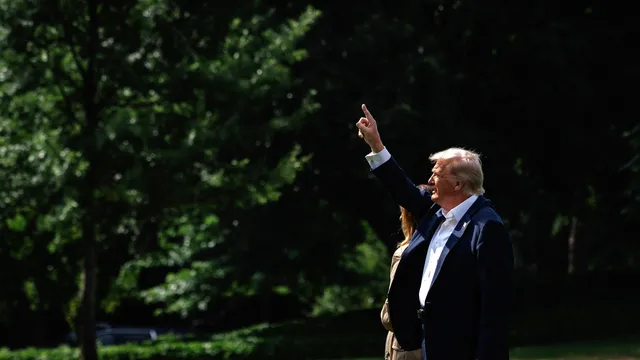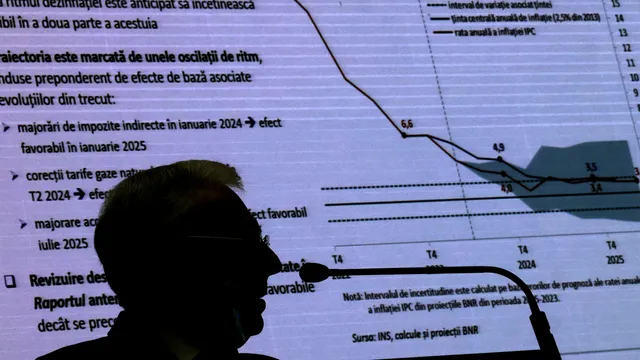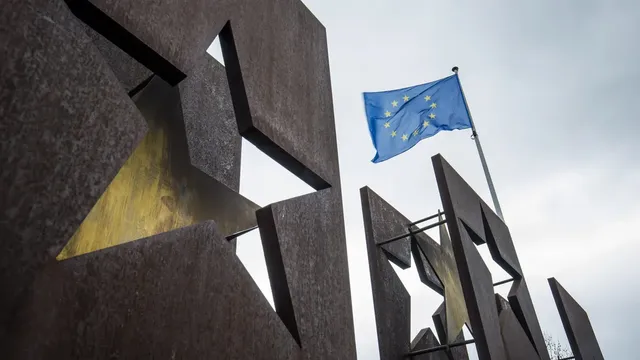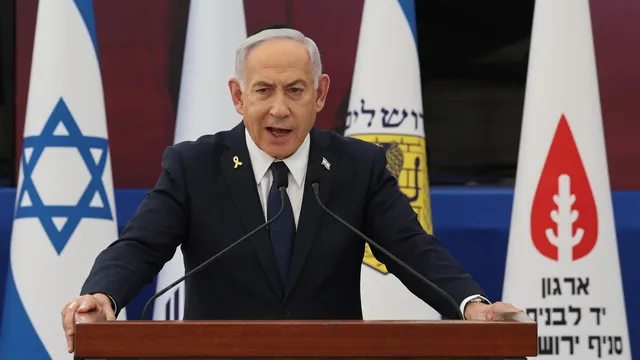In most cases, the Balkans are associated with wars, instability, and nationalist hatred. Even if all three descriptions are accurate, there is one question that remains unasked—but the answer to it reveals the reasons behind what has happened in Southeastern Europe over the past century.
In this part of the Old Continent, a state encompassing six of today's independent countries was created on three separate occasions. Each time, it was formed through violence and at the cost of tens of thousands of lives—especially among the nations that were forcibly included.
When the Kingdom of Serbs, Croats, and Slovenes was established in 1919, it unleashed unprecedented terror against Albanians, Bulgarians, Croats, Montenegrins, and other smaller peoples, especially those in what is today Bosnia and Herzegovina. The Kingdom even abolished names like Macedonia, renaming it to “Old” or “Southern Serbia.”
Violence and assimilation did not stop with the creation of the Kingdom of Yugoslavia in 1929. Tens of thousands fell victim to the terror of King Alexander, who was eventually assassinated in Marseille, France, in May 1934.
The Kingdom of Yugoslavia collapsed in a matter of days in 1941. Resistance to the German army was virtually nonexistent.
With the rise of communist dictator Josip Broz Tito and the establishment of the Socialist Federal Republic of Yugoslavia, one of the harshest regimes in Central Europe emerged. In Slovenia alone, over 150,000 people were killed and buried in mass graves. Hundreds of thousands were sent to death camps scattered across the country—from Goli Otok in Croatia, through Doboj in Bosnia, and Kragujevac in Serbia, to Idrizovo and Oteševo in present-day North Macedonia.
Tito’s Yugoslavia did not stop at persecuting internal enemies through the dreaded secret police UDBA; he also hunted down and murdered thousands of political refugees in Western Europe and the United States. The last dissident was killed in the early 1990s in Brussels, Belgium.
Tito’s Yugoslavia collapsed with the rise of Serbian nationalist Slobodan Milošević. For over a decade, he waged wars against Slovenia, Croatia, Bosnia and Herzegovina, and Kosovo. The war in Slovenia was the shortest, but in the other conflicts his aggression caused the deaths of hundreds of thousands and forced millions to flee their homes. Milošević’s army established the first concentration camps in Europe since World War II. With his approval, Sarajevo endured a 1,200-day siege. Ethnic cleansing and genocide were carried out in Srebrenica, Žepa, and Goražde. His military formations razed entire cities like Vukovar to the ground and bombed UNESCO-protected Dubrovnik.
In the spring of 1999, the world witnessed an unprecedented deportation. In just two months, over half a million Kosovar Albanians were deported to North Macedonia and Albania.
After his fall from power and extradition to the International Criminal Tribunal in The Hague, there was hope that the Balkans would finally find peace and that Serbia’s neighbors would no longer be victims of the delusional dreams of King Alexander, Tito, and Milošević to create a “Greater Serbia.” That hope began to fade with the assassination of Serbian Prime Minister Zoran Đinđić in March 2003.
Very soon, some of Slobodan Milošević’s closest associates returned to power in Belgrade. His “golden trio”—his long-time spokesman Ivica Dačić, his Minister of Information and Propaganda Aleksandar Vučić, and his political crutch Aleksandar Vulin—climbed to the top of the state. For nearly 15 years now, they have held the presidency, government, key ministries, and complete control of the security services—the main instrument of any authoritarian and dictatorial regime.
Since the beginning of the third decade of the 21st century, Vučić has directly destabilized Bosnia and Herzegovina through his ally Milorad Dodik (sanctioned by the United States—ed.), the president of Republika Srpska. With the help of the Serbian Orthodox Church, he carried out a coup in Montenegro, and his paramilitary formations regularly commit terrorist attacks in Kosovo.
Today, the "Greater Serbia" project bears a new name—“Serbian World.” In service of this project, Vučić has his own Deputy Prime Minister in North Macedonia—Ivan Stoilkovic. He participates in all public events of the “Serbian World” and openly denies the genocide in Srebrenica.
For the “Serbian World,” an alliance with Vladimir Putin’s Russia and Xi Jinping’s China is considered “vital and in line with Serbia’s national interest.” Vučić refuses to impose sanctions on Russia and has handed over all strategic infrastructure projects to China, in line with the interests of the “New Silk Road”—from Budapest, through Belgrade and Skopje, to Chinese ports in Greece such as Thessaloniki and Piraeus.
Western diplomats and politicians have underestimated events in Belgrade several times over the past hundred years—and paid a high price for it, not only Serbia’s neighboring countries, but also Western states. It was the same with King Alexander, Tito, and Milošević. Today, many of them turn a blind eye to their successor, Vučić. For the past seven months, his regime has faced an unprecedented uprising within his own country. On March 16, over 300,000 people gathered in Belgrade against Vučić. He even used a sonic weapon against the protesters. On June 28, despite scorching heat, nearly 150,000 people gathered in the Serbian capital. The Serbian people have delegitimized Vučić, but the majority of opposition leaders are fervent supporters not only of the “Serbian World” but also of Beijing and Moscow.
Today, the lingering question remains: What price will the Old Continent and Western civilization pay for once again underestimating the risks of a new tragedy in the heart of Europe?
---
The analysis was written by the International News Department of BGNES.

 Breaking news
Breaking news
 Europe
Europe
 Bulgaria
Bulgaria
